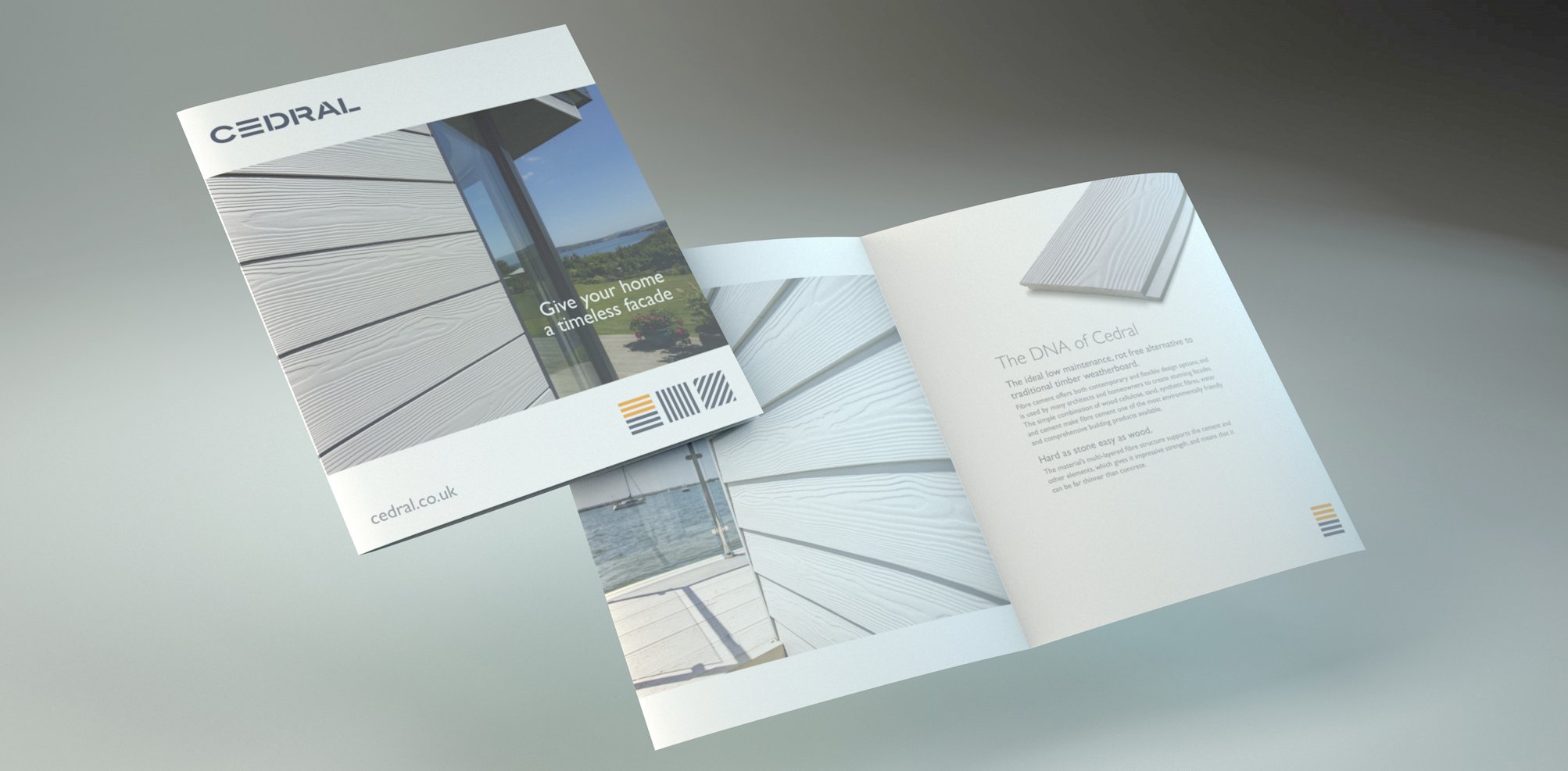Looking for the best facade cladding? With weatherboards or sidings, you can give your home a new protective skin. But which ones the choose? Timber or fibre cement? We share all the pros and cons at a glance.
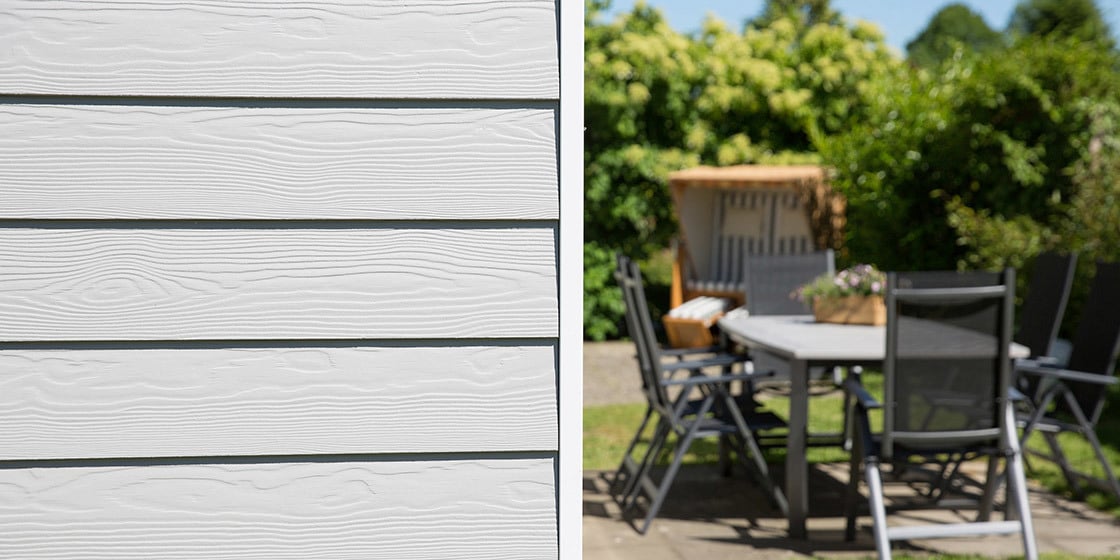
How does cladding work?
Your house is exposed to the elements, day in, day out: rain, wind, heat, snow… So, it is important to protect it as well as possible. With facade cladding, you give your home an extra layer of protection, like a second skin, to protect your living environment inside, but also the structure of your building.
The choice of cladding is crucial for your home. Besides making your house weatherproof, facade cladding can also help you save money on heating if combined with insulation. Depending on the type of weatherboards, you can make your facade fireproof and soundproof too. Last but not least, aesthetics is also important. The sidings you use for your home will largely determine its look.

Two most popular types of cladding
Currently, two types of weatherboards are leading in the cladding market: timber sidings and fibre-cement cladding. They both come in planks that are placed on battens to create a ventilated facade, as air can freely circulate behind the weatherboards, keeping your walls dry.
- Timber weatherboards have been around for centuries. They are made from (reconstituted) hardwood such as radiata pine, macrocarpa and western red cedar, making it a natural material.
- Fibre-cement weatherboards are a composite type of cladding, made from an ingenious mix of natural fibres and cement. As it is man-made, it comes in a variety of compositions, thicknesses, colours and profiles, even with a wood-grain textured surface.
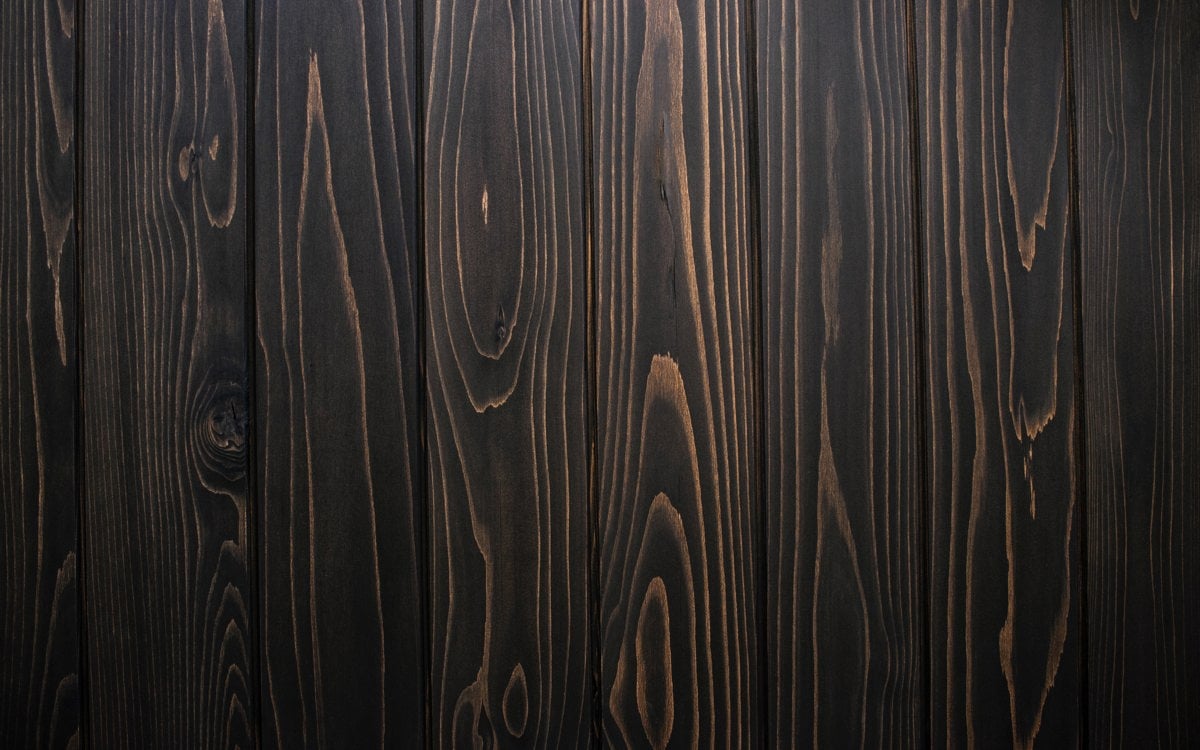
The pros and cons of timber weatherboards
Pros
- People often choose wood for its authenticity. It is a natural product that looks traditional and makes any home look quaint.
- Timber weatherboards can be (re)painted in any colour you want, creating versatile design options.
- Wooden sidings are easy to install, so you can do it yourself. You don’t need special fitting systems or adhesives.
- Wood is a natural insulator, protecting your home from the heat or cold outside.
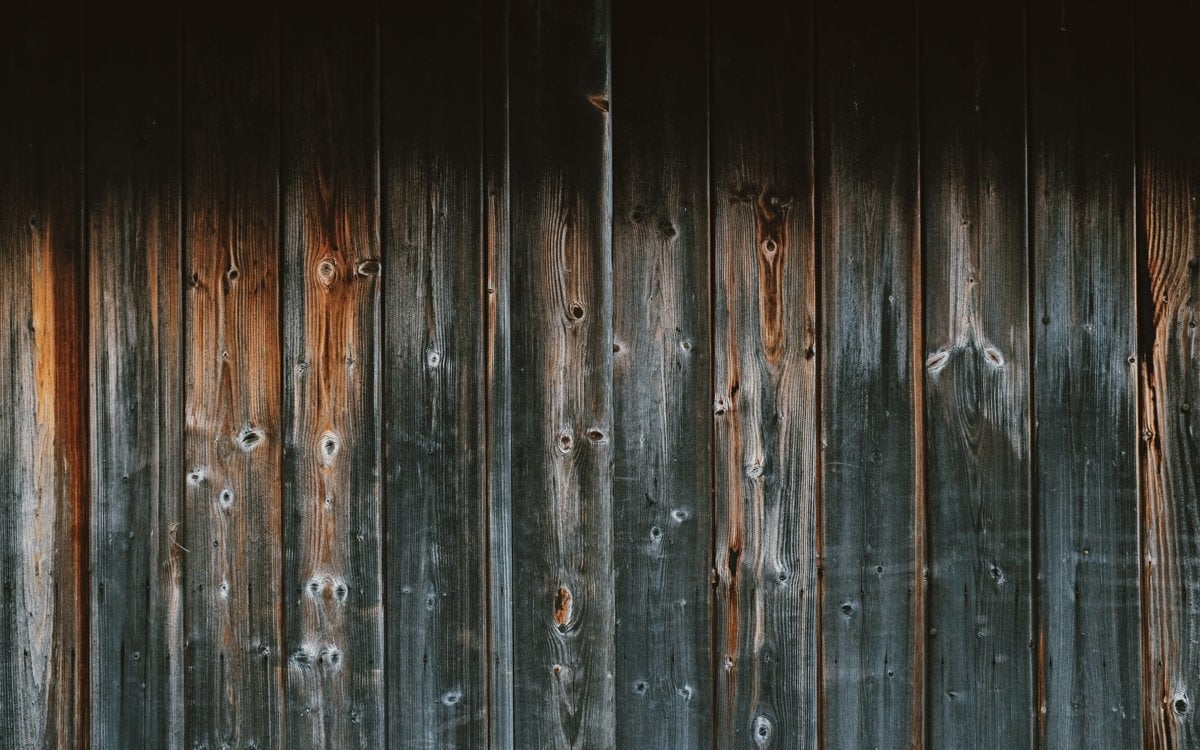
Cons
- Wood tends to rot or split if not treated regularly. That’s another disadvantage, timber weatherboards require regular repainting or staining (every 3-5 years).
- Timber facade cladding has a shorter lifespan, so it needs to be replaced more often (depending on the type of wood, weather conditions and maintenance), which makes it costly and cumbersome.
- Wood is biodegradable, so when you have to replace the weatherboards and dispose of them, they are harmless, provided that you also used environmentally-friendly paints or stains.
- When you stick to staining, wooden sidings come in few colour options. The applied coatings are of similar shades, making timber weatherboards less versatile in terms of colour. The sidings also tend to lose their colour over time.
- Wood is flammable. Because of its poor fire-safety qualities, you are likely to pay a higher price for your insurance premium.
- Wood is cheaper than for example fibre cement. However, if you add up all the maintenance costs, you are likely to spend more on a wooden facade cladding than on fibre-cement alternatives.
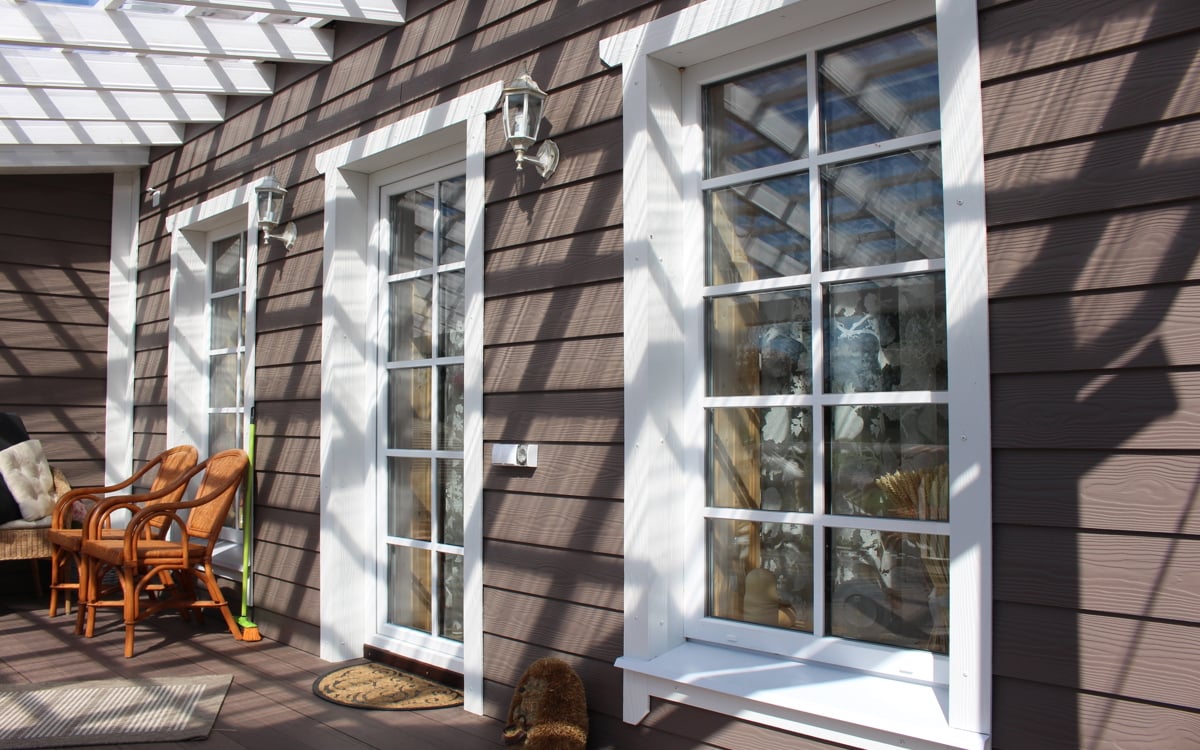
The pros and cons of fibre-cement weatherboards
Pros
- Fibre-cement is very strong thanks to its composite nature of cement and fibres. The Cedral fibre-cement sidings are also fixed more tightly to your facade. This makes them a very robust and durable option for your home, with a life expectancy of over 50 years.
- Cedral fibre-cement weatherboards come in a variety of colours (22). But you can also choose between a smooth surface (for a contemporary look) and a wood-grain texture, making them a durable alternative to traditional timber boards without the need for repainting
- Fibre-cement sidings are absorbent and weather-resistant, keeping your walls dry. But they are also low-maintenance. The factory-applied colours stay intact for years, and when dirty, you simply wash them with soap and water.
- Fibre-cement weatherboards are non-combustible. They do not catch fire or burn when exposed to heat or direct flames. This makes them a safe option for more peace of mind.
- When considering the low maintenance and long-life expectancy, the total cost of fibre-cement cladding in the long term tends to be lower than for timber weatherboards.
Discover more reasons to choose fibre-cement sidings for your home.
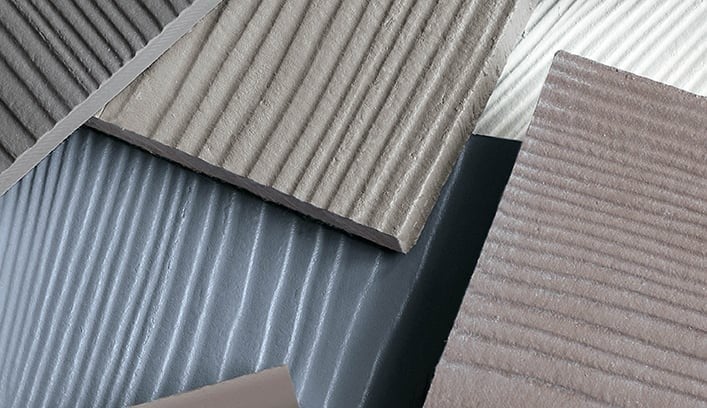
Cons
- Fibre-cement boards were considered to be a less environmentally-friendly option. However, due to their light-weight, fibre-cement weatherboards have a smaller transport footprint. The long life-expectancy limits the need for replacing the cladding, which in turn reduces the use of material. Cedral continuously innovates to make its production process greener and to recycle all refuse of the production process.
- The installation of Cedral sidings tends to take longer than timber, due to the ingenious fitting system that keeps your facade intact for years. But if you don’t want to fit the cladding yourself, Cedral helps you find the best installer near you.
Fibre-cement weatherboards beat timber when it comes to durability, cost (long-term), maintenance, fire-safety and design options. With the wood-grain texture, Cedral now even looks as good as timber too, if that is what you are looking for.
